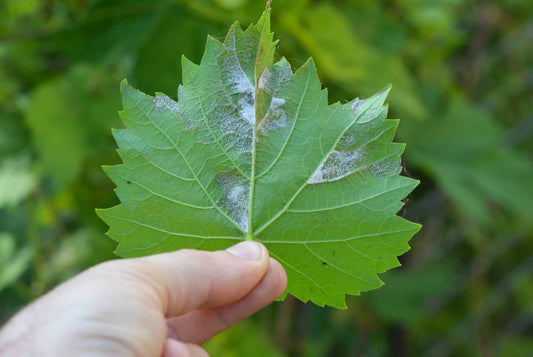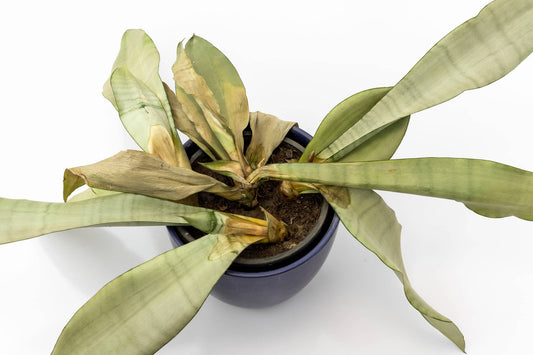Botrytis cinerea, commonly referred to as Gray Mold, is a widespread fungal disease in hydroponic systems that affects many plants and can significantly impact crop health and yield. Thriving in cool, humid conditions, Gray Mold necessitates a proactive approach for effective management, which involves preventive measures, early detection, and appropriate treatments.
Recognizing Gray Mold
Gray mold appears as water-soaked spots on leaves, stems, flowers, and fruits, eventually resulting in brown rot covered with a gray, fuzzy layer of spores. This disease can lead to significant crop loss, making early intervention essential.
Life Cycle and Conditions Favoring Growth
Botrytis cinerea produces spores that spread via air, water, or contact, infecting plants at any growth stage and overwintering in plant debris. High humidity, poor air circulation, and cool temperatures significantly contribute to its proliferation.
Preventive Measures
Preventive strategies include ensuring proper air circulation, reducing humidity, avoiding wet plant surfaces, and promptly removing infected materials. Regular sanitation of equipment and the hydroponic system is essential as well.
Treatment Strategies
When Gray Mold is detected, prune the infected plant parts. Use fungicides, ensuring that the chosen options are compatible with hydroponic systems. Additionally, two home remedies offer natural approaches to managing Gray Mold.
Home Remedies for Botrytis Cinerea
1. Baking Soda Spray
- Ingredients: 1 tablespoon of baking soda, 1/2 teaspoon of liquid soap, 1 gallon of water.
- Instructions: Mix baking soda and liquid soap in water, spray onto plants, focusing on areas prone to moisture. Baking soda creates an alkaline environment, deterring Botrytis growth. Apply weekly or as needed, testing a small plant area first.
2. Hydrogen Peroxide Solution
- Ingredients: 1 part 3% hydrogen peroxide to 2 parts water.\
- Instructions: Dilute hydrogen peroxide in water, and apply it to the affected areas of the plant. Hydrogen peroxide acts as an oxidizing agent, killing the fungus and sterilizing the plant surfaces. Use with caution by testing a small area first to observe any reactions from the plant.
Monitoring and Maintenance
Regular inspections of plants for early signs of Botrytis, along with maintaining optimal growing conditions, are essential for preventing fungal growth. A consistent cleaning and disinfection schedule for the growing area and equipment is vital.
Integrated Pest Management
Incorporating these home remedies into an integrated pest management strategy, which includes cultural, physical, and chemical controls, is vital for effectively managing Botrytis cinerea. For severe infestations, it may be necessary to use commercial fungicides that are labeled for Gray Mold control and safe for hydroponic systems. Emphasizing comprehensive disease management practices ensures the health and productivity of hydroponic gardens, enabling successful cultivation despite the challenges posed by Gray Mold.




